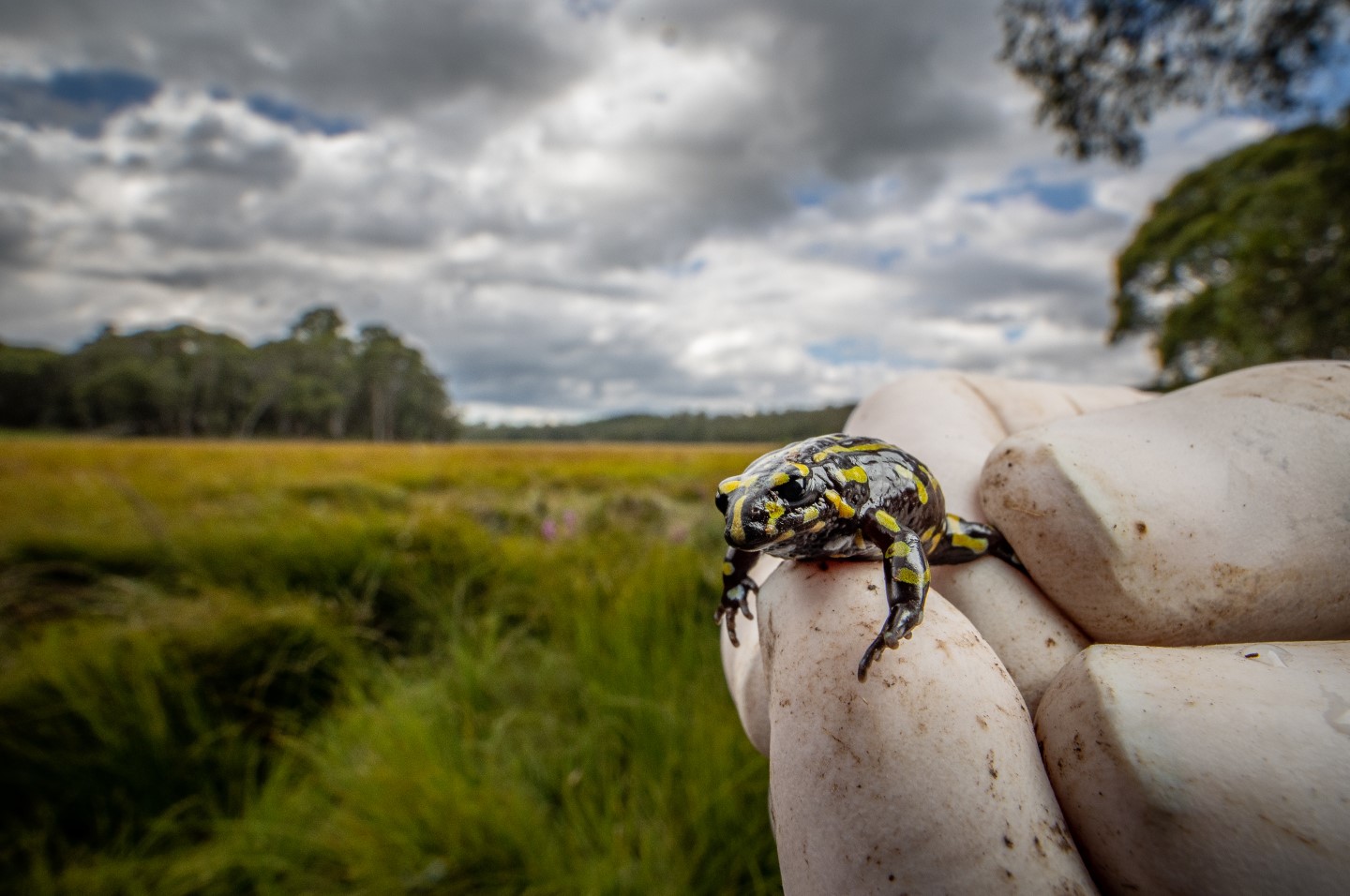Many ecosystems across New South Wales are showing signs of collapse, and our native species are threatened with extinction. Saving our Species is working today so we can secure our native plants, animals and ecosystems for generations to come.
Why biodiversity is important
Biodiversity is the collection of different types of life found in any one area: the trees, plants and animals – even the microorganisms, like bacteria, that live on the plants and animals. All these things living together create an ecosystem and each part is essential. Ecosystems allow life to thrive. Put simply, biodiversity underpins our survival – from the air we breathe to the food and materials we consume.
As human populations continue to grow, we put increasing pressure on plants, animals and ecosystems. This happens through land clearing, pollution, introduction of foreign species and climate change. Halting biodiversity loss is possible, but it requires action to protect and restore habitats, address natural loss and prevent extinctions.
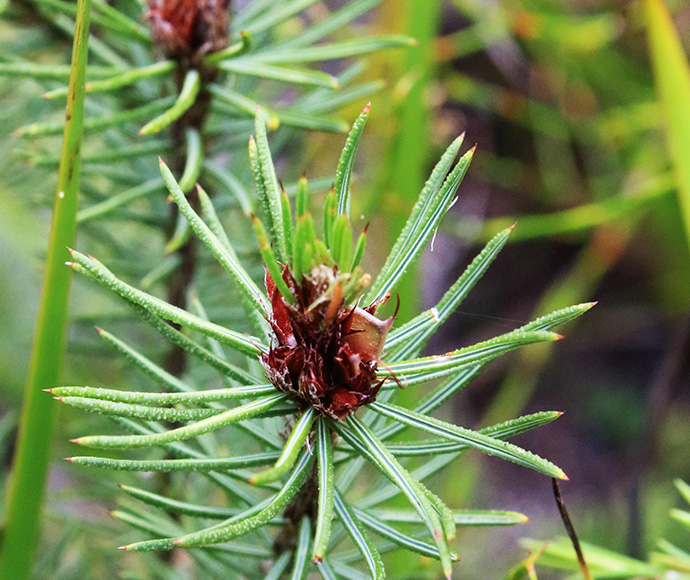
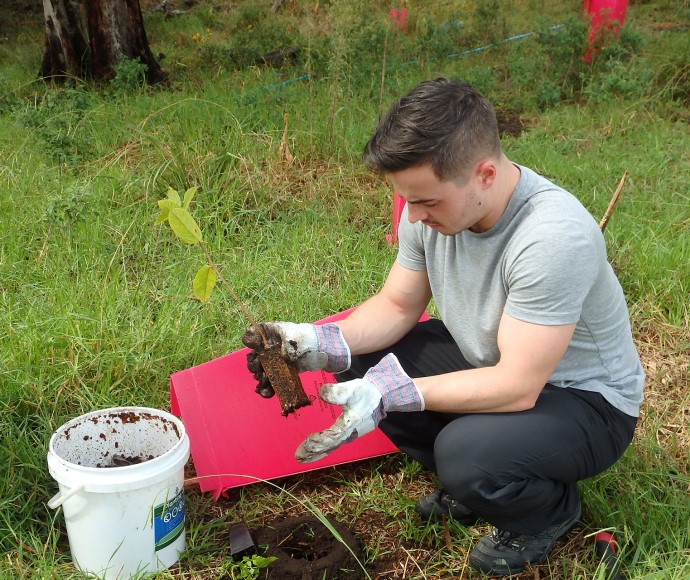
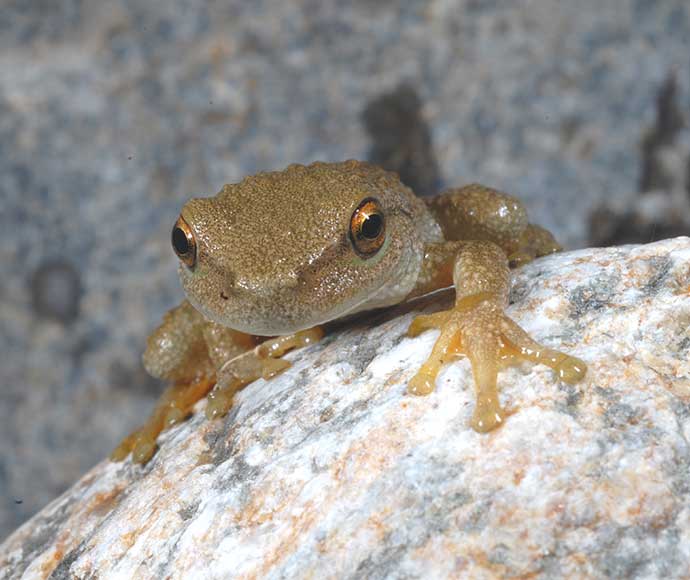
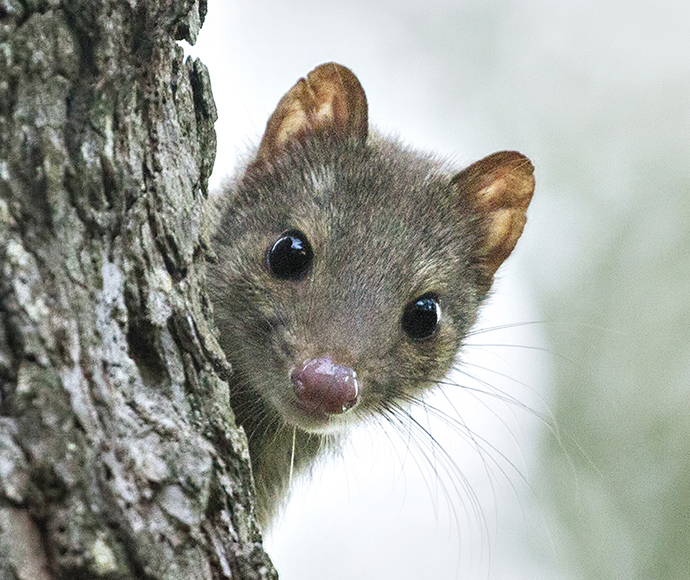
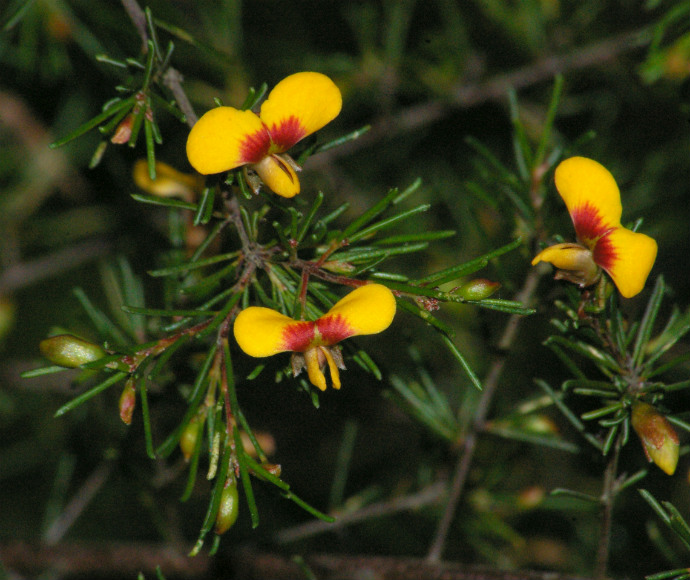
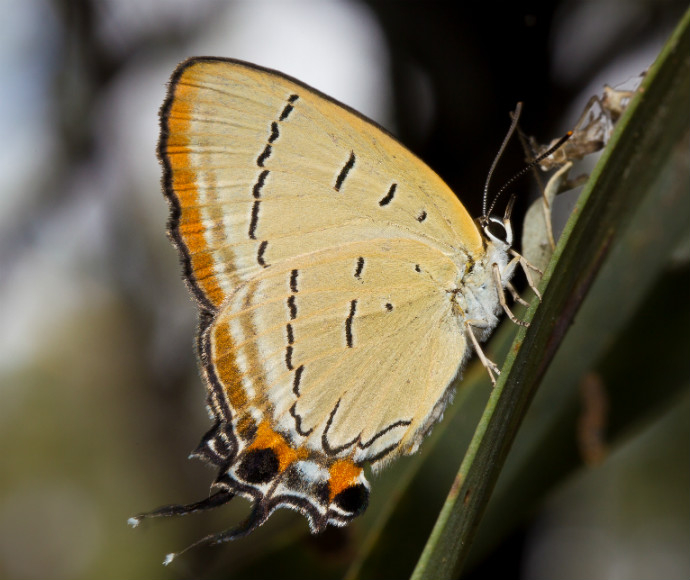
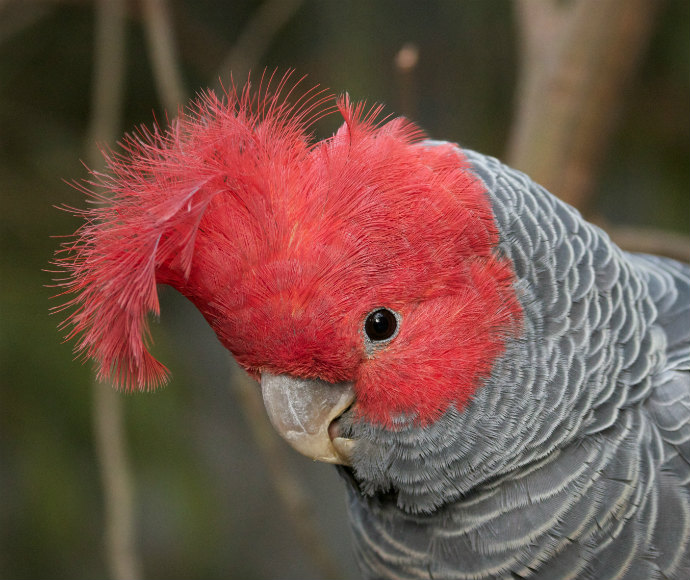
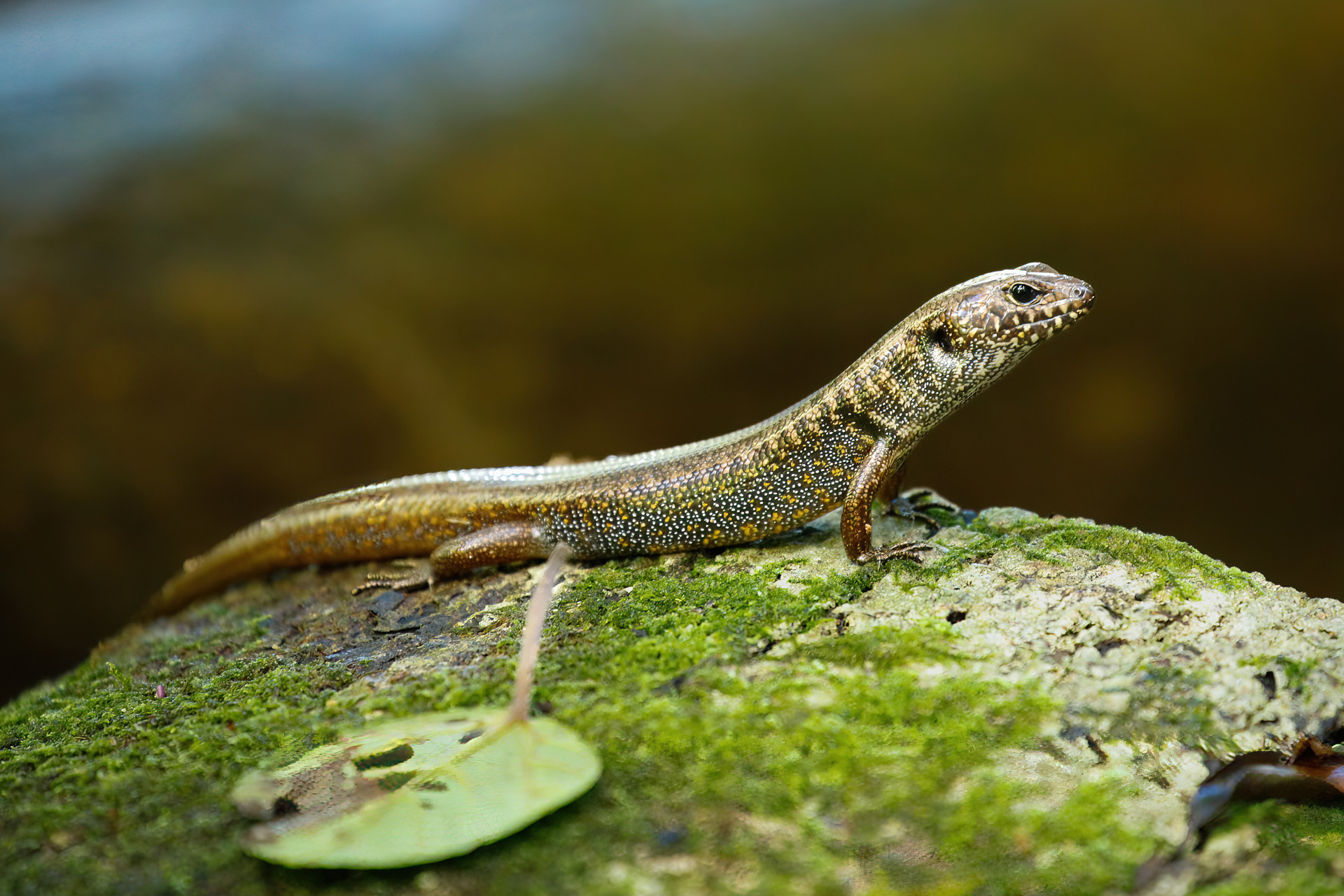
Contact us
Saving our Species Program
Email: [email protected]
Stay in touch
- Subscribe to the Saving our Species newsletter.
- Follow us on Facebook, Instagram, YouTube, LinkedIn or X.
- Search the Public register of Saving our Species conservation strategies.
